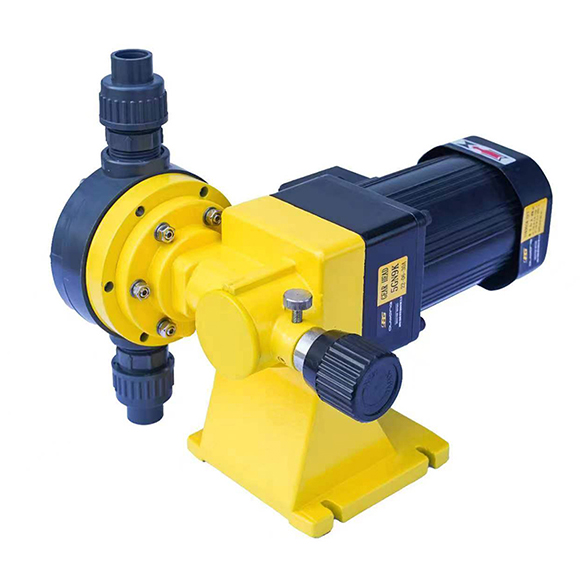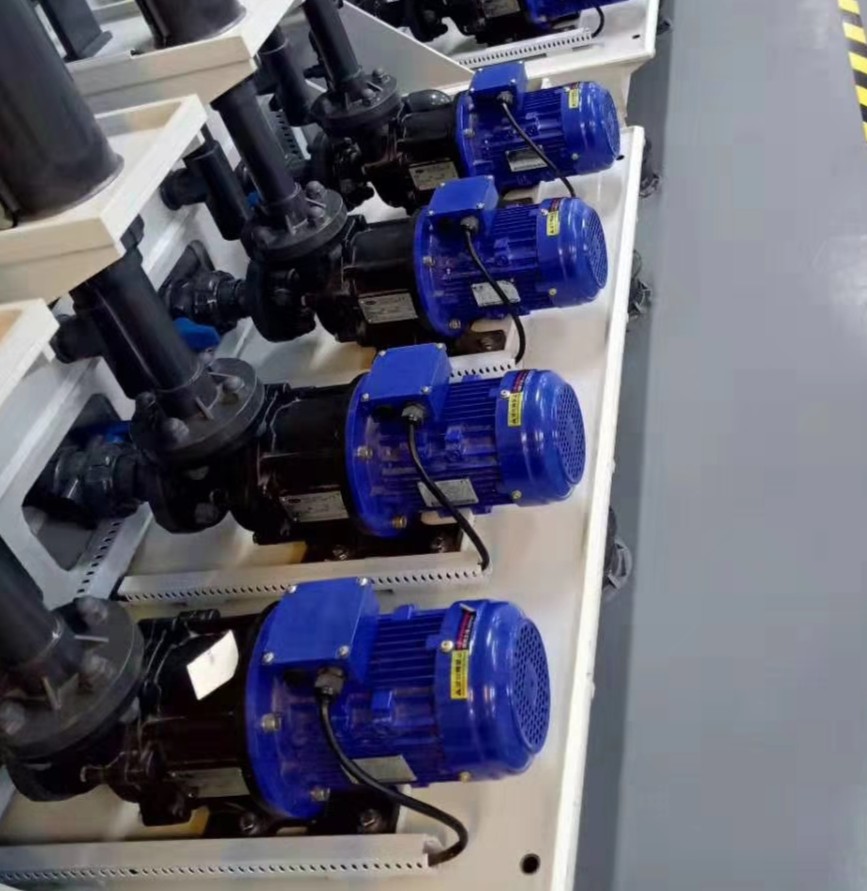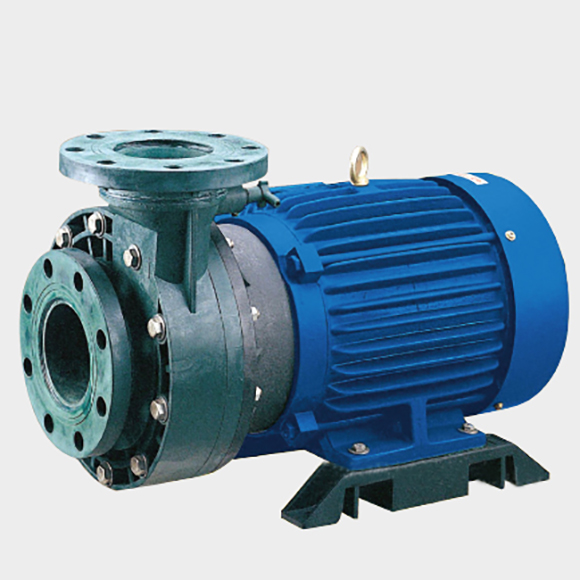In modern industrial production, the transportation of acidic and alkaline liquids is an essential process in industries such as electroplating, chemical manufacturing, and wastewater treatment. However, issues like mechanical seal burnout and reduced service life caused by pump dry running have long troubled enterprises. The emergence of intelligent anti-dry running chemical-resistant self-priming pumps addresses this pain point through technological innovation, making them a reliable choice for highly corrosive environments.

1. What is an Anti-Dry Running Chemical-Resistant Self-Priming Pump?
An anti-dry running chemical-resistant self-priming pump is a special-purpose pump designed for handling corrosive media. Its core advantage lies in its ability to withstand short-term dry running without damage. It uses reinforced engineering plastics (such as FRPP, CPVC, and PVDF) as the material for wetted parts and is equipped with an efficient cooling system to maintain stable seal temperature even under dry conditions, preventing failure due to overheating.
2. Core Technical Features
Intelligent Dry Running Protection Mechanism
Self-Cooling Mechanical Seal Design: Utilizes a Teflon bellows mechanical seal with an internal cooling circulation loop. During dry running, residual liquid in the pump circulates through the Teflon pipeline to cool the seal, preventing high-temperature burnout.
High-Temperature Resistant Structure: The seal guard is made of high-temperature-resistant plastic steel, capable of withstanding temperatures above 120°C, ensuring structural integrity during dry running.
Excellent Corrosion Resistance
Different materials can be selected based on medium characteristics: FRPP is suitable for general acids and alkalis below 90°C, while PVDF can withstand highly corrosive liquids up to 130°C.
The impeller is designed with an integrated molding process, avoiding corrosion risks at welded joints and extending service life.
High Self-Priming Efficiency
Self-priming height can reach 5-6 meters (some models can achieve up to 9 meters). Equipped with a check valve design to prevent liquid backflow during shutdown, reducing the need for repeated priming.
Modular Maintenance Design
The seal guard features a decomposable structure, allowing quick disassembly and replacement without specialized tools, significantly reducing maintenance costs.
3. Application Scenarios
Electroplating Industry: Transporting acidic electroplating solutions and cyanide-containing wastewater.
Chemical and Pharmaceutical Industries: Handling highly corrosive media such as hydrochloric acid and sulfuric acid.
Environmental Protection Field: Acid-base neutralization processes in wastewater treatment plants.
Photovoltaic and Electronics Industries: Circulating and transporting PCB etching solutions.
4. Selection and Maintenance Recommendations
Key Selection Points
Choose the appropriate pump body material based on medium concentration and temperature (e.g., PVDF is more suitable for highly corrosive media like hydrofluoric acid).
Select the power rating based on flow and head requirements to avoid overload operation.
Anti-Dry Running Precautions
Install a foot valve at the inlet to prevent foreign matter inhalation; add a check valve at the outlet to avoid backflow causing dry running.
Regularly inspect pipeline sealing to prevent air inhalation from affecting self-priming performance.
5. Future Development Trends
With the advancement of Industry 4.0, the new generation of chemical-resistant self-priming pumps is moving toward intelligent monitoring: integrating temperature and pressure sensors for real-time feedback on operating status; achieving fault prediction and remote start/stop through IoT platforms, further reducing manual intervention costs.
Conclusion
The anti-dry running chemical-resistant self-priming pump, through the deep integration of materials science and mechanical design, addresses two major industry challenges: corrosion and dry running. Its robust performance and low-maintenance characteristics make it a key equipment for enhancing production safety and efficiency in modern chemical, environmental protection, and other related fields.







